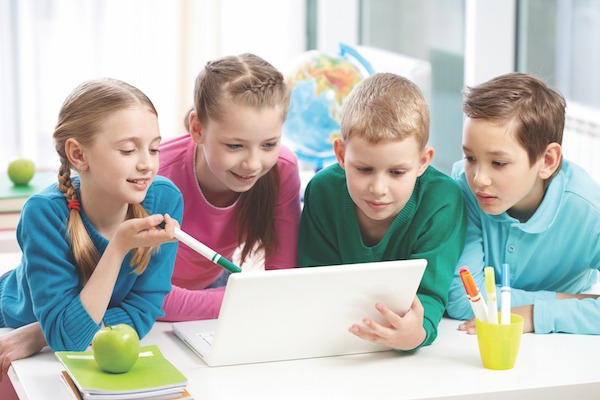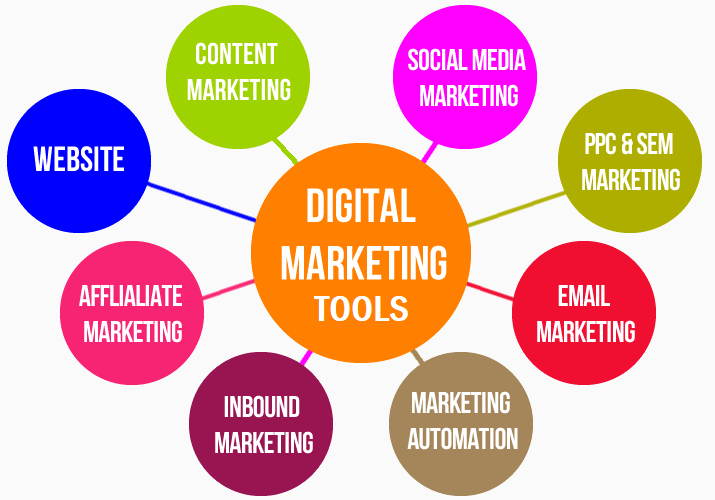Introduction to Innovative Education Practices
Education is continuously evolving to address the needs of a rapidly changing world. Innovative education practices are at the forefront of this evolution, aiming to make learning more engaging, personalized, and effective. These practices are implemented in various ways across educational settings, providing students with the skills and experiences they need to succeed. One compelling example is the STEM Charter School in Sandy, where innovative methods are deeply integrated into student learning experiences.
STEM Charter School in Sandy, Utah, offers a specialized curriculum focused on science, technology, engineering, and mathematics (STEM) to prepare students for professions in these fields. The school emphasizes hands-on learning, problem-solving, and critical thinking through project-based education and extracurricular activities. With a dedicated staff and state-of-the-art resources, STEM Charter School fosters a collaborative and innovative environment for students to thrive academically.
In these forward-thinking institutions, the educational focus extends beyond traditional methods. It’s not just about imparting knowledge; it’s about inspiring a lifelong love for learning. Through the integration of cutting-edge technology and project-based learning, students are transformed into active participants in their educational journeys. With a world that demands adaptability, it’s crucial that educational practices evolve to meet these demands, preparing students for a future where change is the only constant.
The Role of Technology in the Classroom
Technology plays a fundamental role in reshaping education, acting as a catalyst for enhanced learning experiences. Classrooms equipped with the most current educational technology provide students with access to a multitude of digital resources. Interactive tools such as tablets, virtual reality headsets, and educational software create immersive learning experiences that captivate students’ attention and fuel their curiosity.
Furthermore, the implementation of learning analytics allows educators to tailor instruction to the diverse needs of each student. According to a study from EdTech Magazine, data-driven insights obtained through learning analytics have the potential to significantly improve student outcomes. By analyzing how students learn and interact with materials, educators can deploy targeted interventions to support student growth and achievement, effectively personalizing the educational experience.
Collaborative Learning: Breaking Down Barricades
Collaborative learning is reshaping the educational landscape by emphasizing teamwork and collective problem-solving. This approach moves beyond traditional individual-focused models, encouraging students to work in groups where they can share unique perspectives and cultivate a deeper understanding of the subject matter.
In collaborative settings, students engage with their peers through group projects, discussions, and problem-solving activities. This not only enhances their academic understanding but also builds essential life skills such as communication and empathy. By learning to listen, negotiate, and appreciate different viewpoints, students are better prepared for real-world challenges that require collaboration and innovative solutions.
Personalized Education Strategies
Personalized education strategies honor the unique learning paths of each student. With a focus on adapting teaching methods and materials to individual needs, educators can better support student success. This is where adaptive learning technologies play a crucial role, offering personalized learning experiences that adapt in real-time to student performance and engagement levels.
By tailoring educational content to fit each student’s learning style, pace, and interests, personalized education strategies nurture a more engaging and collaborative learning environment. Students are empowered to take ownership of their learning, exploring topics that resonate with them and advancing at a pace that suits their abilities.
Importance of Critical Thinking and Problem Solving
Critical thinking and problem-solving are invaluable skills in today’s world, where information is abundant and complex problems require thoughtful solutions. Instead of teaching students what to think, modern education emphasizes teaching them how to think. This shift in focus prepares students to analyze information critically, identify patterns, and develop innovative solutions to real-world challenges.
Inquiry-based learning, which encourages students to ask questions and seek answers, is a powerful tool for fostering critical thinking. According to research from ASCD, integrating critical thinking into educational curricula equips students with the skillsets essential to navigate complex situations and make informed decisions that positively impact their communities and beyond.
Integrating Real-World Experiences in Learning
To prepare students for life beyond the classroom, integrating real-world experiences into the educational process is essential. Project-based learning, internships, and community projects offer practical applications of academic concepts, making learning more relevant and engaging.
These experiences not only provide students with a taste of real-world challenges but also cultivate critical skills such as responsibility, initiative, and creativity. By working on projects that have tangible outputs, students gain a sense of accomplishment and confidence in their abilities to contribute meaningful solutions to societal issues.
Assessment Methods That Encourage Creativity
Innovative assessment methods go beyond standardized tests to assess a broader range of student abilities and achievements. By incorporating alternative assessments such as portfolios, presentations, and peer evaluations, educators can provide students with opportunities to showcase their knowledge creatively.
Such methods emphasize understanding and application over rote memorization, encouraging students to think critically and develop original ideas. By recognizing and valuing diverse talents and approaches, these assessment strategies create a more inclusive educational environment that nurtures creativity and innovation.
Future Directions in Innovative Education
As education continues to evolve, the future promises even more innovation in teaching and learning practices. With advancements in technology and pedagogy continuously emerging, educators must remain flexible and adaptive, embracing new procedures and tools that enhance the learning experience.
In this era of rapid change, schools and educators that prioritize student-centered learning and innovation will be best positioned to prepare students for the complexities and opportunities of tomorrow’s world. By fostering an educational environment that values curiosity, creativity, and collaboration, we can equip students with the skills they need to thrive in an ever-changing global landscape.



![Elevate Your Learning Introducing [Platform Name] Elevate Your Learning Introducing [Platform Name]](https://images.unsplash.com/photo-1733222765056-b0790217baa9?fm=jpg&q=60&w=3000&ixlib=rb-4.0.3&ixid=M3wxMjA3fDB8MHxzZWFyY2h8NXx8dmlydHVhbCUyMGNsYXNzJTIwcGxhdGZvcm18ZW58MHwwfDB8fHwy)

